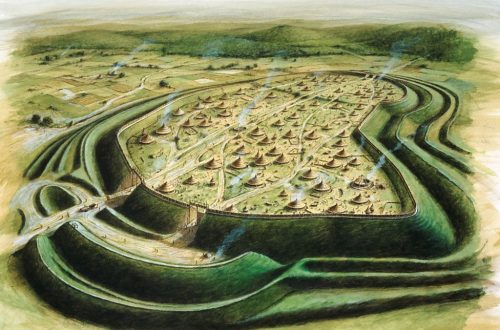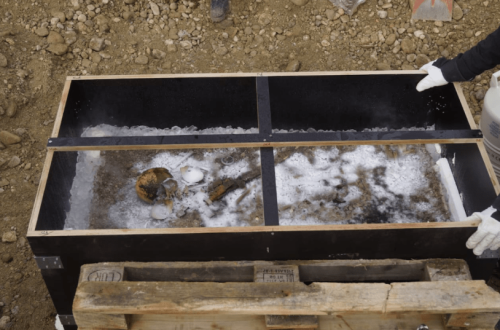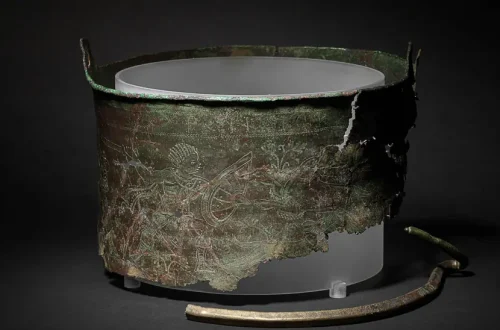Recent archaeological discoveries off the coast of Scotland have illuminated the remarkable journeys of prehistoric peoples who ventured to the far northern reaches of the British Isles around 10,000 years ago. Submerged stone tools and possible structural remains found near the Isle of Skye suggest that early humans, likely Mesolithic hunter-gatherers, braved challenging conditions to settle in regions previously thought to be sparsely populated. This finding, reported by the University of Glasgow, challenges assumptions about the extent of prehistoric human migration and highlights the resilience of our ancestors.
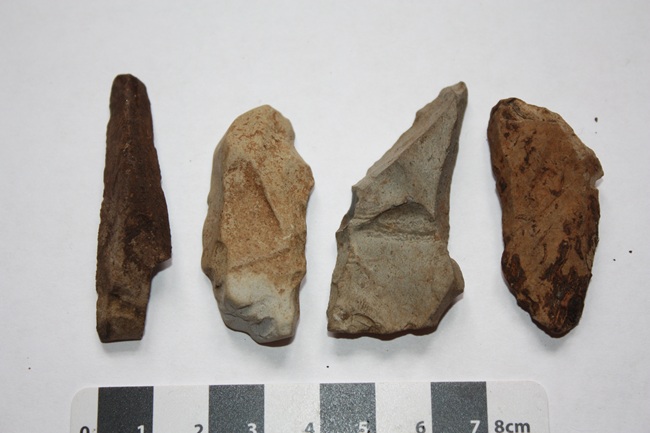
Archaeologists from the University of Glasgow, led by Professor Karen Hardy, have uncovered evidence of human activity in the coastal waters near the Isle of Skye, a rugged island off Scotland’s northwest coast. The discoveries include stone tools, such as flint microliths and scrapers, dated to approximately 8,500–7,000 BCE, during the early Mesolithic period when sea levels were lower due to the post-Ice Age climate. These submerged landscapes, now covered by the North Atlantic, were once dry land, forming part of a broader prehistoric terrain connecting the British Isles to mainland Europe. The tools suggest that early humans established seasonal or semi-permanent settlements in the region.
The discoveries were made possible through advanced underwater archaeological techniques, including sonar mapping and remotely operated vehicles, which enabled researchers to explore submerged sites. As the ice sheets melted and sea levels rose after the Last Glacial Maximum, these coastal areas were inundated, preserving artefacts beneath the waves for millennia. The presence of stone tools indicates that these early inhabitants were skilled hunter-gatherers, likely exploiting marine and terrestrial resources in a cold, tundra-like environment.
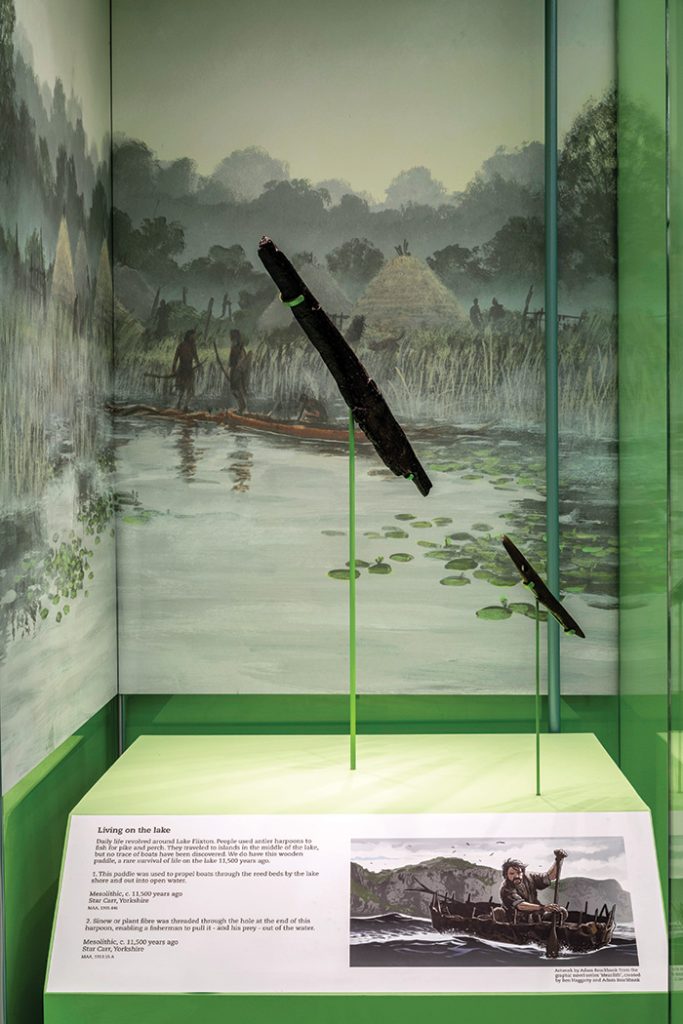
The findings point to a challenging migration to northern Scotland around 10,000 years ago, when the region emerged from the Ice Age. Travelling to Skye would have required navigating treacherous coastlines and unpredictable seas, likely using simple boats or rafts made from animal hides or logs. Evidence from other Mesolithic sites, such as paddle fragments from Star Carr in Yorkshire, supports the use of early watercraft. The tools suggest that these settlers were not merely visitors but maintained a presence in the region, adapting to its harsh conditions.
Professor Karen Hardy has described the migration as a significant achievement, noting that these early humans were pushing the boundaries of human habitation. In a statement reported by ScienceAlert, she highlighted the adaptability of these communities, who ventured to Scotland’s northwest fringe despite its frigid climate. The discoveries align with other Mesolithic sites in Scotland, such as Kinloch on Rum, where similar tools have been found, and contribute to a growing understanding of early human mobility in northern Europe.
The Skye findings add to evidence that prehistoric human activity in northern Britain was more extensive than previously thought. For example, a Late Upper Palaeolithic site at South Cuidrach, Skye, containing Ahrensburgian-type tools, indicates human presence as early as 12,000 years ago, during the Younger Dryas cold period. These discoveries, combined with underwater finds, suggest that early humans were capable of long-distance coastal migrations and sophisticated survival strategies across diverse environments.
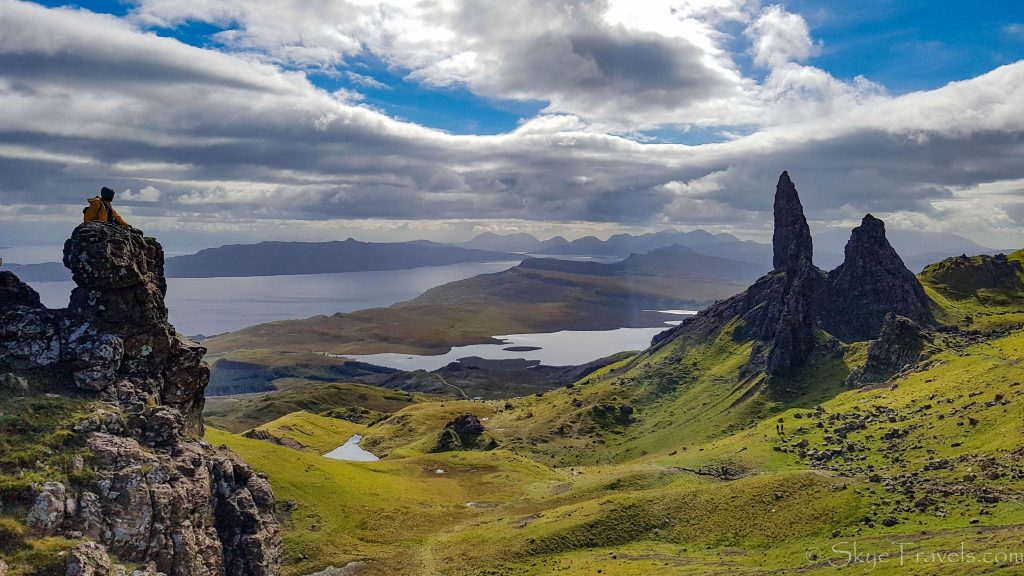
- Archaeology Magazine. (2025). 11,500-year-old tools on the Isle of Skye reveal Scotland’s earliest human settlements.
- Hardy, K., Barlow, N.L.M., Taylor, E., Bradley, S.L., McCarthy, J., Rush, G., 2025. At the far end of everything: A likely Ahrensburgian presence in the far north of the Isle of Skye, Scotland. J Quat Sci. https://doi.org/10.1002/jqs.3718
- La Brújula Verde. (2025). Submerged circular structures discovered from Scotland’s prehistoric period.
- ScienceAlert. (2025). ‘Hugely significant’ stone circles in Scotland suggest prehistoric travel.
- Scottish Archaeological Research Framework. (n.d.). Palaeolithic and Mesolithic Scotland: ScARF Panel Report.
- University of Glasgow. (2025). Ancient human settlement discovered on Scottish island.



